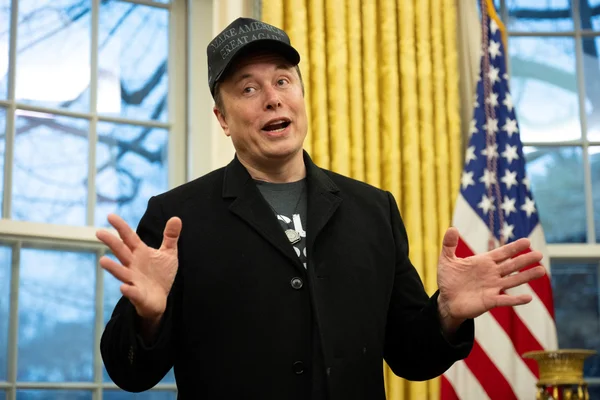Elon Musk, billionaire entrepreneur and CEO of Tesla and SpaceX, has officially ended his high-profile stint as head of the US Department of Government Efficiency (DOGE) under President Donald Trump. Musk’s departure, confirmed by the White House and widely reported on Thursday, comes after months of controversy, internal government resistance, and mounting criticism over Trump’s “big, beautiful” spending bill, which Musk said undermined the very cost-cutting mission he was tasked to lead.
Musk’s tenure as a “Special Government Employee” was always meant to be temporary, capped at 130 working days per year. However, his exit was hastened by public disagreements with the Trump administration’s flagship spending and tax proposal, which Musk argued would increase the US budget deficit instead of reducing it. “A bill can be big, or it can be beautiful. But I don’t know if it can be both,” Musk remarked, signalling a clear fracture in his relationship with the President. Despite his efforts, Musk admitted DOGE fell short of its ambitious targets, blaming entrenched bureaucracy for missed goals and stating that the federal system was “much worse than I realised”.
While Musk thanked Trump for the opportunity and expressed hope that the DOGE mission would “become a way of life” in government, his time in Washington was marked by controversy. His aggressive cost-cutting led to the elimination of nearly 12% of the federal civilian workforce—over 260,000 jobs—through layoffs, buyouts, and early retirements. The DOGE department itself became a lightning rod for criticism, with Musk saying it was unfairly blamed for broader administration failures.
Consequences of Musk’s Political Involvement on Business
Musk’s political involvement had direct consequences for his business empire. Tesla, in particular, has been hit hard. The company’s sales are plummeting across key markets, with a 49% year-on-year drop in Europe and a 31% fall in California, its home base. In China, Tesla’s most profitable market, sales crashed by 29% through February 2025, and the company’s share price has tumbled by over 30% this year. The much-hyped Cybertruck has been plagued by recalls and quality issues, further eroding customer confidence. Protests and even arson attacks have been reported at Tesla dealerships, as public backlash against Musk’s political role and management style grows.
Financially, Tesla is under severe strain. Its profits dropped by 71% in the latest quarter, and the company only avoided a loss thanks to the sale of regulatory credits—a revenue stream that is now under threat due to potential changes in US emissions policy. Competition from Chinese electric vehicle giant BYD and other automakers has intensified, with rivals outpacing Tesla on both sales and technology fronts. Investors and activist shareholders are increasingly vocal, demanding that Musk commit more time to Tesla and that the board establish a clear succession plan and bring in independent oversight.
SpaceX, Musk’s other flagship venture, is also facing a difficult period. The latest Starship test flight ended in failure, with the rocket losing stability and falling into the Indian Ocean after a series of technical issues. Although some progress has been made in addressing earlier problems, new complications have emerged, preventing SpaceX from achieving its key objectives. The company’s ambitious plans for cargo and crewed missions remain on hold as engineers work to solve persistent hardware and software challenges.
With his exit from the Trump administration, Musk has signalled a retreat from politics to focus on his private ventures. However, the toll of his political engagement is clear: Tesla’s reputation is damaged, its financial health is in question, and SpaceX is still struggling to deliver on its promises. Whether Musk can turn around his companies’ fortunes remains to be seen, but for now, the world’s richest man faces some of the toughest challenges of his career.


